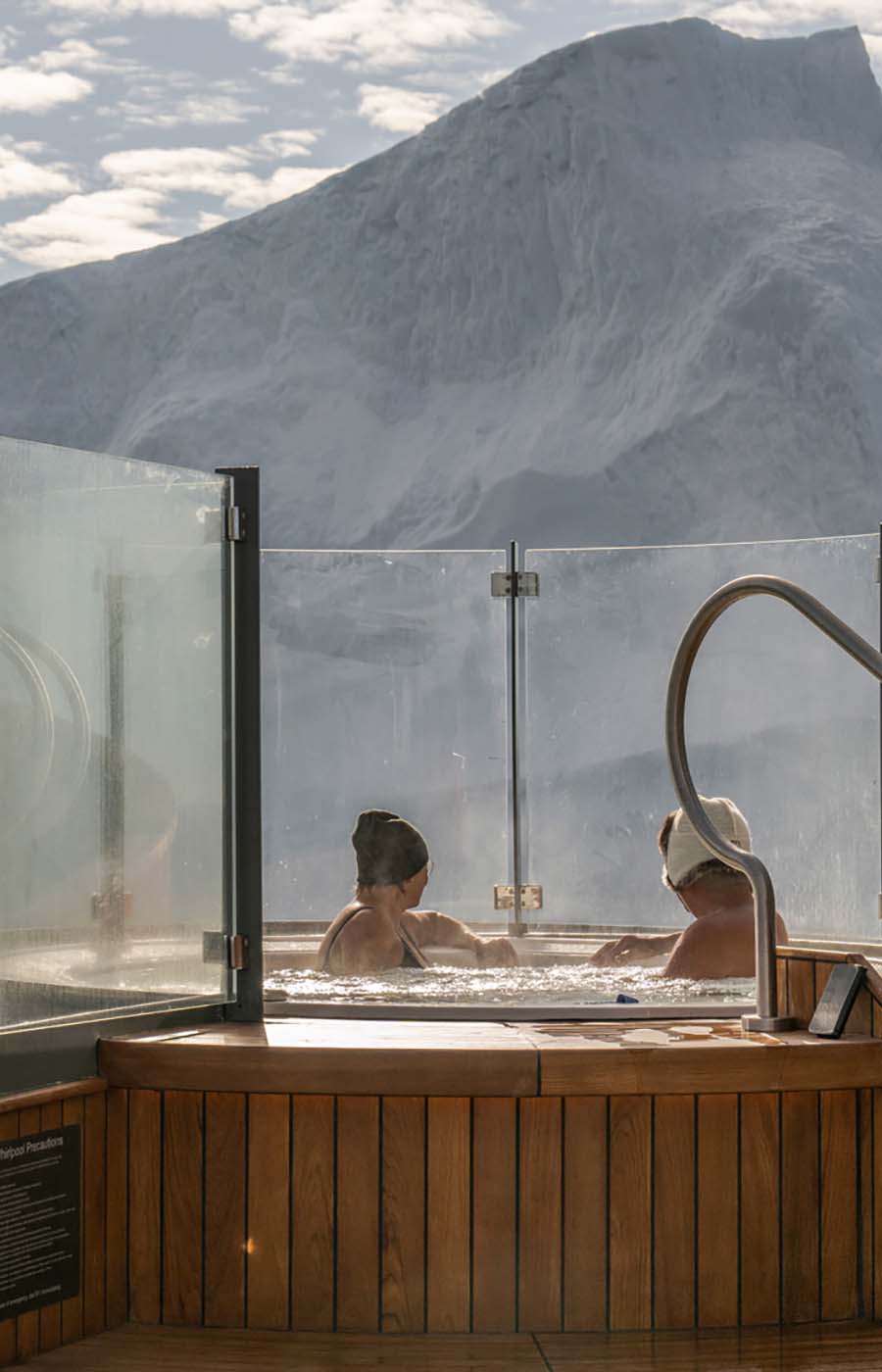New Zealand’s Maori have a tradition of expression through movement.
Wearing little more than dramatic facial tattoos, the Maori dancers take center stage. There is the haunting cry of a conch shell, followed by a shout, and the war dance begins.
The dancers slap their chests in unison, stomp their feet, leap high and land with a thud as they scan the audience with threatening eyes, poking out their tongues.
This is kapa haka, the traditional Maori performing art and one of New Zealand’s best known cultural experiences. Classic kapa (“to stand in a row”) haka (“dance”) features a combination of moves, postures, gestures, chants, songs and stories.
“We Maoris use our whole body to express ourselves,” notes Kateia Daniela Burrows, owner of the Manaia performing arts company. “Whether that be through the use of eyes, hands, legs, voice or tongue, the whole body is used to speak. When I do haka, I feel alive, connected with my tupuna [ancestors]. Through haka, I can express myself. I can celebrate, grieve, support or protest.”
Visitors have many opportunities to see the country’s indigenous dance form. You may attend a performance during a shore tour to the Maori heartland of Rotorua. You might catch the dances at Lake Taupo’s Wairakei Terraces or learn more about them at the marvelous Te Papa Museum in Wellington. In the port of Auckland, there are Maori performances daily at the War Memorial Museum.
Haka is to Maori culture what hula is to Hawaiian culture. Maoris may dance to express the joy they feel at a birth or wedding, or to convey a sense of purpose when first encountering a group of strangers.
War dances, marked by wild postures and frightening facial expressions, are meant to get the adrenaline pumping. Traditionally, ferocious Maori war dances were just the thing to intimidate enemy tribes. Not only did the aggressive movements strike fear in the hearts of enemies, they invigorated Maori warriors and united them in battle.
Historically, war dances have been divided into two types. The haka peruperu is performed with weapons in hand. The haka taparahi, the dance most visitors see, is an unarmed version. If you’re a rugby fan, you may have seen the All Blacks, New Zealand’s national team, performing a spirited haka taparahi before international matches.
Along with war dances, a complete kapa haka performance includes the graceful, swaying dances of costumed women. A favorite involves the poi, a small, lightweight ball attached to a cord. Dancers hold one (sometimes two) in each hand and twirl them to the beat of their songs. In pre-colonial times, women used poi on long canoe voyages to help male paddlers keep their rhythm.
As to the music, the melody comes from voices raised in song; the beat from body slapping and foot tapping. The guitar is generally the only musical instrument used to accompany dance programs.
Fierce, gently flowing or joyous, Maori dance is accompanied by music, songs or chants. These songs, or waiata, express emotions and tell ancient stories. One of the most familiar, thanks again to the All Blacks rugby players, is “Ka Mate!” which tells the tale of Chief Te Rauparaha.
As a young man, the chief hid in a food storage pit to escape pursuing warriors. At first, he feared he was doomed. Surely, he would be found and killed. Fortunately, he was saved, according to the song, by a figure known as “the hairy man” (possibly an allied chief, the famously hirsute Te Wharerangi) who sent the pursuers away from the pit and then pulled the chief up to safety.
How did all that eye bulging, tongue wagging and foot stomping evolve to become the iconic New Zealand experience it is today?
It all began rather innocently. Long ago, according to Maori legend, the sun god, Te Ra, had two wives. One wife was the spirit of summer; the other, the spirit of winter. Te Ra and his summery wife gave birth to a son named Tanerore. As a small boy, Tanerore would dance to amuse his mother. When he danced, he created the shimmering light we often see on hot summer days. Thus was haka born.
That story, with its emphasis on natural cycles and the vibrating quality of rising heat waves, might explain the origin of the traditional trembling hand movements or rising power of rhythmic poi dancing. An equally charming legend traces the roots of humor in dance. The story follows a group of women on an important mission. These women were sent by the ancestor Tinirau to capture a culprit who killed his pet whale. The only description they had was of someone with hideous teeth. The women devised a clever plan to dance, make funny faces and get their audience to laugh. Once they could see everyone’s teeth, identifying the guilty party was a snap. The result, of course, is a light-hearted form of haka.
Last, but far from least, is the explanation of those protruding tongues. People express their thoughts in words, with sounds made using their tongues. An exaggerated tongue, therefore, is a symbol of mastery over words and thoughts. It is with gifted tongues that the legends, chants and songs of the Maori kapa haka are passed on from generation to generation.
Consider these upcoming voyages:
15-Day Australia & New Zealand
DEPARTS: Sydney, Australia
ARRIVES: Auckland, New Zealand
Jan 19, 2026
from $10,029*
Explore Itinerary*Per Person, USD. Taxes and Fees are included. Additional terms apply.

